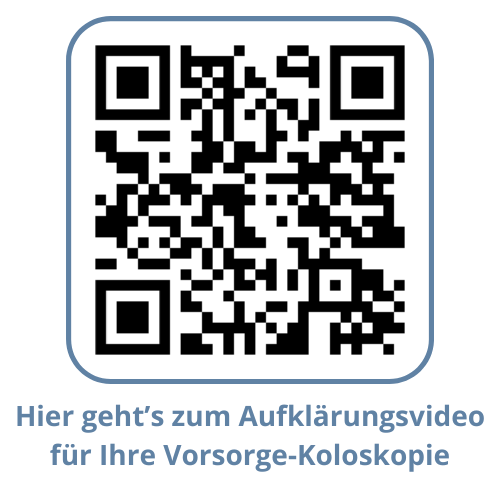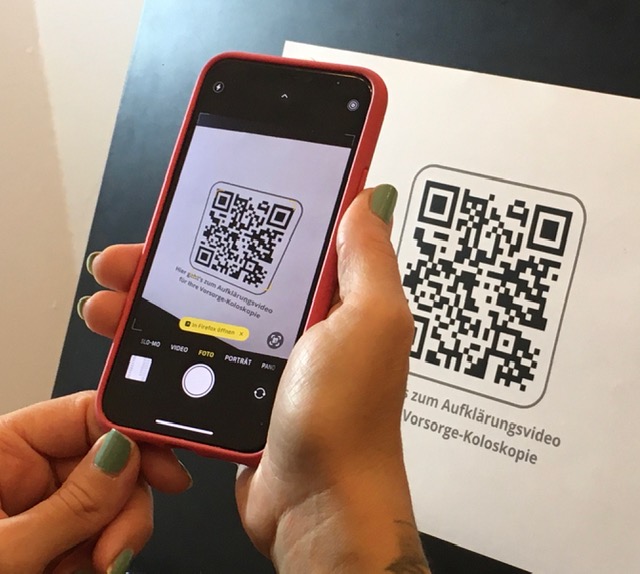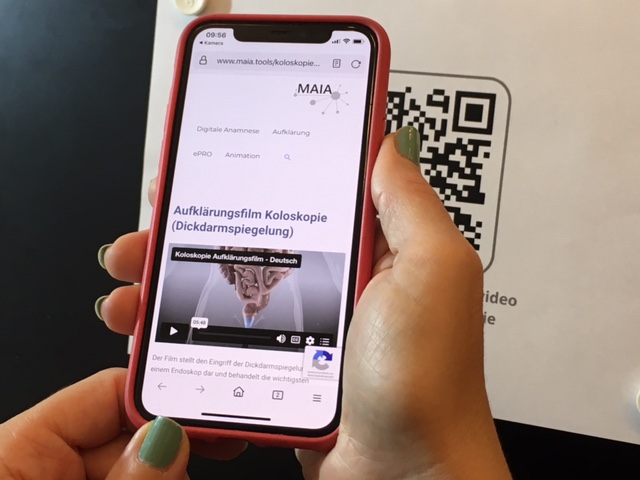QR codes are becoming increasingly common, appearing in coffeehouses, on parcels, and even on receipts. These little black-and-white squares can be found on menus, products, and packaging, making them a familiar part of our daily lives. They provide quick access to information, primarily by linking to websites or online forms—hence the name "Quick Response Code."
QR codes: A historical perspective
While the widespread use of QR codes is a modern phenomenon, their origins date back to the early 1990s. Initially developed for the Japanese automotive industry, QR codes quickly became mainstream. Unlike barcodes, which require specialized scanning devices, QR codes can be easily accessed with a standard smartphone.
Capabilities of QR codes
Typically, QR codes link to websites and provide additional information about products and events or connect to online forms. They facilitate restaurant reservations, offer details about museum exhibits, and allow users to download current menus from nearby establishments. The advantage is clear: a wealth of information can be conveyed in a compact format.
QR codes have also found applications in the public health sector, including private practices, clinics, and hospitals. They often link to anamnesis forms or informational videos about medical procedures. These codes are frequently found on appointment cards, posters, and displays in clinics, directing users to resources like preventive colonoscopy videos.
No special devices required
Although QR codes may seem overly technical at first, they are actually quite user-friendly. They can be particularly helpful for seniors looking to access digital content. Most modern smartphones come with a built-in scanning feature that activates automatically when the camera is pointed at a QR code. The relevant web address or a prompt (e.g., "open in browser") is displayed directly on the screen, ready to be tapped. Importantly, you do not need to take a picture—the shutter is not activated.



If an older phone does not include this functionality by default, you can easily download a suitable app from the App Store for Apple devices or Google Play for Android devices. These apps are usually free. Once you open the app, scanning a QR code works similarly: the camera activates, focuses on the code, and then displays the web address.

